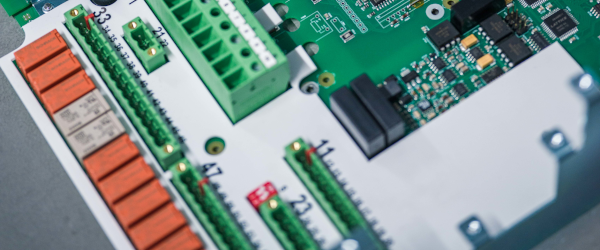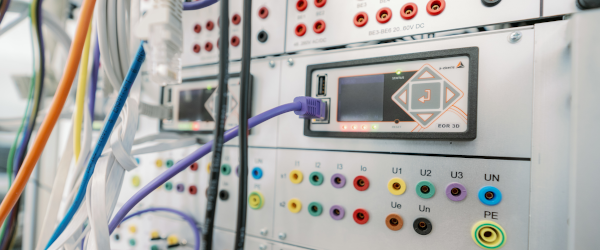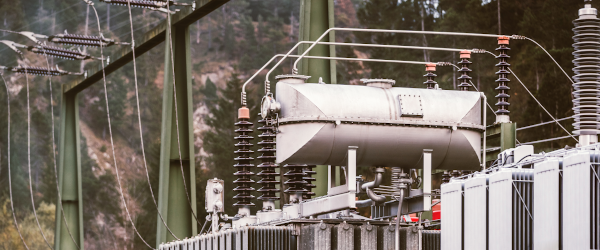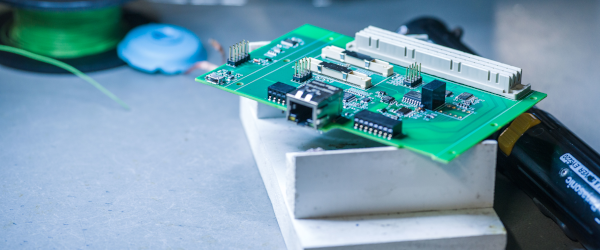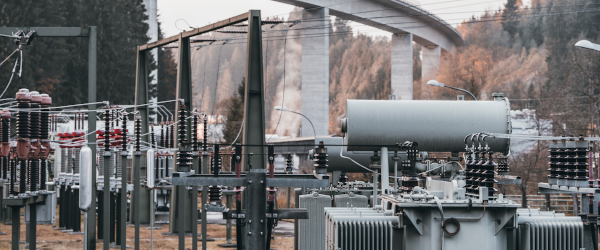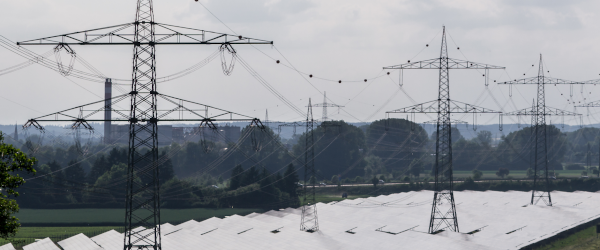General dependencies in parallel operation
Within a station, the transformers are in close proximity. Therefore, the line impedances between the secondary terminals of the parallel operating transformers are initially ignored.
To vividly portray the generally dependencies and limits to be observed on the parallel operation of transformers, it is sufficient to clarify these relationships in two parallel operated power sources.
Increasing the available power
To increase the available power by parallel connection of voltage sources, the total output is ideally equal to the arithmetic sum of the individual outputs. To achieve the maximum total output, the individual voltage sources must however have the same data. With unequal no-load voltages within the parallel circuit, a compensating current flows that changes the proportions between the load current and nominal output. These restrictions reduce the maximum attainable total output and apply, in principle, for the parallel operation of DC and AC voltage sources (batteries, generators, transformers).
The main tasks for parallel operation are therefore:
- Avoidance/minimization of the circulating current
- Avoid unequal relative loading of the voltage sources in parallel operation of direct voltage sources




